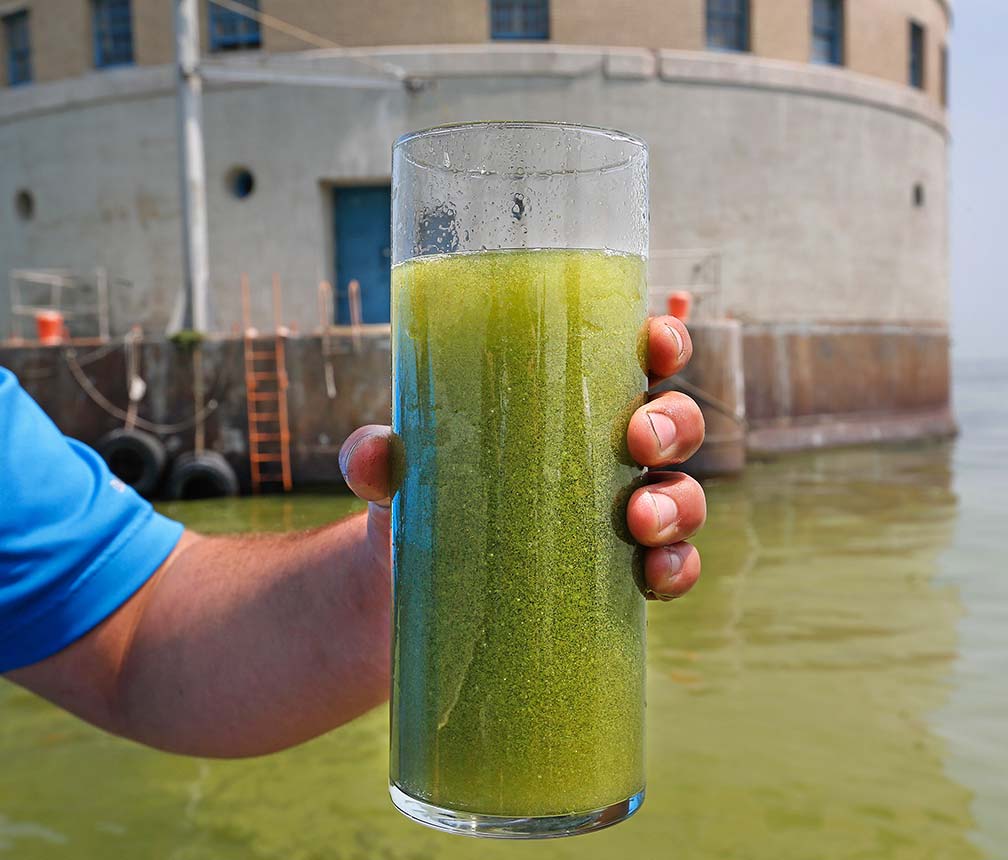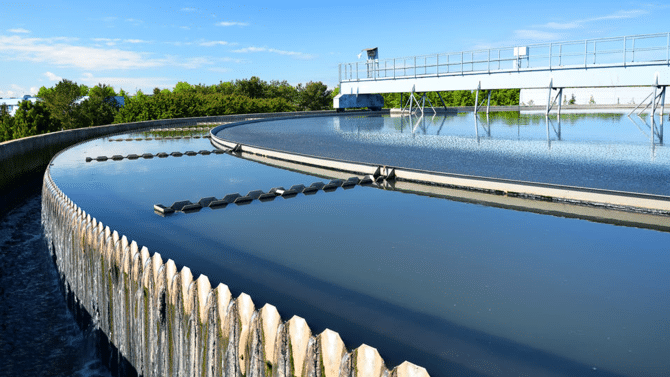Access to clean, drinkable water represents one of humanity’s most fundamental needs, yet ensuring its safety requires meeting strict quality criteria to prevent serious health risks. Despite technological advances in water treatment, approximately 2.2 billion people worldwide still lack access to safely managed drinking water services. This leads to preventable diseases and deaths. Understanding critical aspects of our water supply helps us appreciate the sophisticated systems that deliver safe drinking water to our taps.
Understanding drinkable water quality requirements
The World Health Organization defines drinkable water as water that poses no significant health risk over a lifetime of consumption, including for sensitive populations such as infants and the elderly. This definition encompasses more than just the absence of harmful bacteria – it requires comprehensive testing and treatment to ensure water meets hundreds of different safety parameters.
Potable water, drinking water, and tap water represent different classifications within water quality standards. Potable water refers specifically to water that meets all regulatory requirements for human consumption, while drinking water is a broader term that includes any water intended for consumption. Tap water represents the final product delivered to consumers through municipal water systems, which must meet or exceed all potable water standards.
Finland consistently maintains the world’s highest drinking water quality standards, with rigorous testing protocols that exceed even WHO recommendations. More than 200 water utilities use the software in Finland to document and analyze water safety throughout the production process. Finland’s approach to drinking water safety is indeed robust, risk-based, and more integrated than many systems. The existence of a national Water Safety Model used by many utilities suggests systematic and detailed monitoring.
What are the main sources of drinkable water?
Surface water sources:
Including reservoirs, lakes, and rivers serve as the primary water supply for approximately 68% of the global population through municipal water systems. Major surface water sources like the Colorado River system provide drinking water to over 40 million people across seven U.S. states. This is while the Great Lakes region supplies water to more than 40 million Americans and Canadians. These sources require extensive treatment due to exposure to environmental contaminants, agricultural runoff, and urban pollution.
Groundwater accessed through wells and aquifers:
Groundwater supplies approximately 25% of all freshwater abstracted on Earth. But its share in consumptive water use is much higher, as are the overall benefits that it provides. This ypically requires less treatment than surface water due to natural filtration through soil and rock layers, but can contain naturally occurring contaminants like arsenic, fluoride, and radon. The Ogallala Aquifer beneath the Great Plains provides groundwater to eight U.S. states, while the Guarani Aquifer in South America serves over 70 million people across four countries.

Protected springs and natural water sources:
Requiring minimal treatment represent some of the highest quality water sources available. These sources, often found in mountainous regions with minimal human activity, can sometimes be consumed with only basic disinfection. Countries like Switzerland and Austria rely heavily on protected spring water sources that consistently meet drinking water standards with minimal processing.
Alternative sources:
have become increasingly important as traditional sources face pressure from population growth and climate change. Desalination plants in arid regions like the Middle East and California now provide drinking water for over 300 million people globally. About 1 % of the world’s freshwater comes from desalination methods, where > 300 million people (about 4 % of the global population) rely fully or partially on this source to fulfill their daily water needs.
How do contaminants affect drinkable water safety?
Microbiological contaminants pose immediate and severe health risks to drinking water safety. E. coli bacteria indicate fecal contamination and can cause severe gastrointestinal illness within hours of consumption. Giardia parasites form resistant cysts that survive standard chlorination, requiring advanced filtration or UV treatment for removal. Norovirus outbreaks linked to contaminated water supplies have affected thousands of people in cruise ships and communities, demonstrating how quickly waterborne pathogens can spread through water systems.
Chemical contaminants create both acute and chronic health risks depending on concentration and exposure duration. Lead contamination, especially from aging plumbing systems installed before 1986, affects millions of homes across the United States. A summary at Stanford reports that in Flint Community Schools, between October 2015 and January 2016, lead levels in tap water ranged from 61 to 2,800 ppb, well above 15 ppb.
- The CDC / public health documentation and reports on Flint likewise confirm lead exposure and health advisory responses
Physical parameters including turbidity levels above 4 NTU (Nephelometric Turbidity Units) indicate potential contamination from particles that can harbor harmful microorganisms. High turbidity interferes with disinfection processes and suggests problems with filtration systems. Color changes in drinking water often signal chemical contamination or algae blooms, while unusual taste or odor can indicate the presence of organic compounds or industrial chemicals.
What are current water quality standards and regulations?
WHO Guidelines for drinking water quality:
This establishes comprehensive standards for over 200 contaminants, serving as the international benchmark for water safety. These guidelines set maximum allowable concentrations for microbiological, chemical, and radiological contaminants based on extensive health risk assessments. The WHO updates these guidelines every five years to incorporate new scientific evidence and emerging contaminants, with the latest revision in 2022 adding stricter limits for PFAS chemicals and other emerging pollutants.
US EPA National Primary Drinking Water Regulations (NPDWR):
This creates legally enforceable maximum contaminant levels for 91 different substances in public water systems. These federal standards include zero tolerance for E. coli bacteria. The maximum lead levels of 15 parts per billion, and arsenic limits of 10 parts per billion. The EPA’s Unregulated Contaminant Monitoring Rule requires water systems to test for emerging contaminants every five years, ensuring regulations adapt to new threats.
European Union Drinking Water Directive:
The updated standards to include stricter monitoring for PFAS chemicals, endocrine disruptors, and microplastics. This directive requires member states to monitor at least 48 parameters regularly, with specific limits such as 0.10 micrograms per liter for individual PFAS compounds and 0.50 micrograms per liter for total PFAS. The directive also mandates risk assessments for the entire water supply chain from catchment to consumer.
Japan’s revised water quality standards:
This was introduced in 2022 include comprehensive PFAS monitoring requirements following contamination incidents near U.S. military bases. These standards require testing for 51 regulated items and 27 monitoring items, with PFAS limits set at 50 nanograms per liter – significantly stricter than many international standards.
Summary
This comprehensive examination of drinkable water reveals the complex systems and stringent standards. Which are required to ensure safe water reaches consumers worldwide. Quality requirements established by organizations like the World Health Organization (WHO) and the Environmental Protection Agency (EPA). Legally enforceable limits protect public health through rigorous monitoring and water disinfection protocols. The diversity of water sources—including surface water from rivers, lakes, reservoirs, and streams, as well as groundwater accessed through wells and aquifers—requires tailored treatment approaches. These treatments can cost anywhere from $0.50 to $8.00 per 1,000 gallons depending on source quality and treatment complexity.
Contamination risks remain a persistent challenge. Microbiological, chemical, and physical contaminants threaten water safety through various pathways. Incidents like the Flint water crisis and ongoing issues with emerging contaminants demonstrate that even developed countries face water quality challenges. The health effects are substantial, with contaminated water causing over 500,000 deaths annually. Unsafe drinking water imposes economic costs exceeding $260 billion globally. It contributes to health issues including diarrhea and other diseases, particularly affecting children and vulnerable populations.
The critical importance of meeting water quality standards cannot be overstated. Access to safe drinking water remains fundamental to public health, environmental health, economic development, and social equity. Water suppliers and utilities play a vital role in providing water. This means, meeting federal standards, while individuals relying on private wells or unprotected wells must take additional steps. This is to test and treat their water to prevent exposure to unsafe water. Universal coverage of improved water sources and sanitation services is necessary to reduce health risks and promote hygiene.
